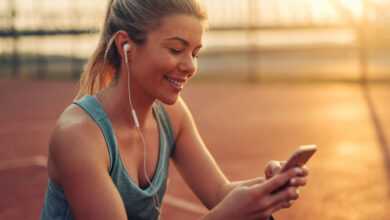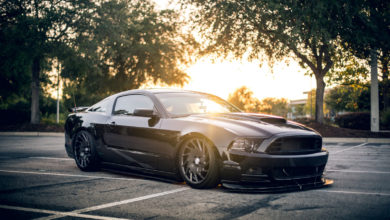Podcast: Play in new window | Download
Nuclear weapons. The greatest game changer in global politics. Transforming warfare and diplomacy alike.
Our journey begins during the throes of World War 2. The World witnessed the conception of a new formidable power, the likes of which it had never seen before. This was the era of the Manhattan Project, a clandestine initiative that marked the birth of nuclear weapons. The project was a melting pot of some of the brightest minds of the time. Among them were eminent scientists such as Robert Oppenheimer, often hailed as the father of the atomic bomb and Albert Einstein, whose theories formed the bedrock of this new technology. The culmination of their tireless efforts was the Trinity Test, the first successful detonation of a nuclear device. And so it was on a fateful day in July 1945 under a mushroom cloud in the deserts of New Mexico that the nuclear age was born.
The dawn of the nuclear era manifested itself in the most horrific way imaginable. In the late Summer of 1945, the cities of Hiroshima and Nagasaki in Japan became the first to experience the devastating power of nuclear weapons. On August 6th and 9th, two bombs named Little Boy and Fat Man were dropped, turning these vibrant cities into landscapes of ruin and despair. The immediate aftermath was a scene of unimaginable horror. Over 200,000 people lost their lives, and those who survived were left with severe injuries and the haunting memories of that day.
The impact was not just physical. The psychological trauma, the radiation sickness, and the generations marked by the atomic bombings all serve as grim reminders of the power and terror of nuclear weapons. The World had witnessed the destructive power of nuclear weapons, a sight that would forever alter the course of history.
Post World War 2, the World plunged into a new kind of warfare, a cold war, where nuclear weapons took centre stage. Two powerful nations, the United States and the Soviet Union found themselves locked in a heated competition. This wasn’t a physical battle but a deadly arms race. Each striving to outdo the other in nuclear prowess. A notorious landmark in this chilling era was the Cuban Missile Crisis. In 1962, the World held its breath as the U.S. and the Soviet Union teetered on the brink of nuclear conflict. A tense 13 days that showcased just how close humanity could come to its own destruction.
As the race continued, the World saw an unnerving proliferation of nuclear weapons. Countries far and wide sought to possess these powerful tools of destruction, escalating global tensions. The number of nations with nuclear capability grew, each addition a spark in a powder keg ready to explode. Amidst this, a chilling concept emerged, mutually assured destruction, a grim assurance that if one nation launched a nuclear attack, the other could retaliate with equal force ensuring both their demises. This paradoxically kept an uneasy peace as the cost of nuclear war was too great to bear.
The Cold War might have ended but the nuclear threat lingered, with the World balancing on the razor’s edge of total annihilation. Today the nuclear landscape is more complex and perilous than ever before. The World we live in isn’t as simple as it was during the Cold War, where two superpowers were the main players in the nuclear game. Now, several countries possess the power to unleash the fury of the atom, the United States, Russia, the United Kingdom, France and China known as the nuclear weapon states are joined by India, Pakistan, North Korea and Israel who have also developed nuclear weapons.
The spectre of nuclear proliferation, the spread of nuclear weapons to nations not recognised as nuclear weapon states looms large. Countries like Iran and North Korea represent significant challenges to the global order, with their nuclear ambitions sparking fears and fermenting unrest on the international stage.
Beyond state actors, the threat of nuclear terrorism is a chilling prospect. Non-state actors obtaining nuclear materials could cause havoc, using these destructive forces not for political balance but for ideological or even apocalyptic ends.
The World has come a long way since the first mushroom clouds rose over the deserts of New Mexico but with every step we take, the shadow of those clouds follows. The genie is out of the bottle and the power that once levelled cities now hangs over our heads, a Damoclean sword of unimaginable power. As we stand in the shadow of the mushroom cloud, the future of nuclear weapons remains uncertain and alarmingly relevant.
Podcast: Play in new window | Download





